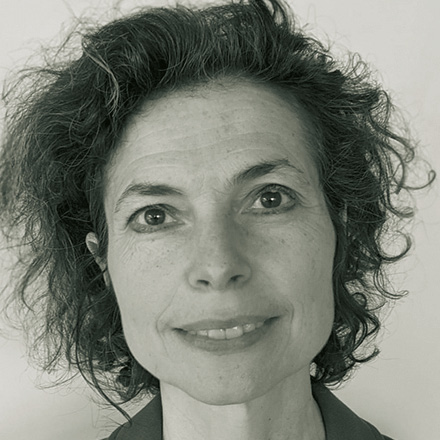Migration
Underestimated potential
Sassen calls cities places of “norm making” where citizens and the state interact directly. She says that the basic conditions for migration and integration must not be designed by governments at the national level alone. Rather, municipal authorities matter too. She therefore calls on local-government bodies to systematically engage migrants’ informal networks and formal organisations. So far, these
authorities have hardly considered them partners.
“People migrate to places, not countries,” says Gibril Faal, head of the London-based African Foundation for Development. Faal argues that integration happens at the local level – at universities, on the job or in sports clubs, for instance, – and that it is perfectly normal for these processes to change cities and communities. Big cities like London, Mumbai and New York are flourishing economic centres that benefit from cultural diversity. A number of cities have “Chinatowns” that are not viewed as evidence of failed integration, but rather serve as tourist attractions. Faal believes that municipal authorities should network more among one another and share ideas. The international mayors conference the City of Cologne is planning with its international sister cities is a positive example. It will focus on the role of cities as forces of integration.
When discussing migration, Faal makes a distinction between a “reactively problem-oriented approach” and a “proactively solution-oriented approach”. He says one should not just focus on problems, but look out for solutions and new forms of participation. To enable integration, municipal authorities must actively reach out to migrants and grant them equal opportunities.
Christian Kouam, the head of the Cameroon Diaspora Network Germany, agrees. At a conference on municipal migration issues, which was hosted by the Development and Peace Foundation (SEF) and the GTZ in Berlin at the beginning of September, he spoke of a “win-win situation” for everyone. He emphasised that knowledge goes both ways – from north to south and from south to north. Kouam provided a tangible example: his network is organising German-Cameroon Days in Douala from October 21-23.
Locally intertwined migration networks, moreover, can serve developmental functions. Klaus Brückner, the head of GTZ’s Berlin office, sees migrants as cooperation partners who can act as multipliers in their home country as well as in the country of residence. They not only send sorely needed money home, but also pass on good and bad news. For example, Brückner says migrants can help development agencies understand how to solve or prevent conflicts in their countries of origin.
Rolf Graser of the non-governmental Stuttgart Forum for Cultures warns, how-ever, that it is not easy to make the link between migration and development issues. This kind of cooperation is just getting started, so he does not see any clear policy guidelines. He points out that cooperation does not simply come about on its own. Rather, it requires a funding, which few municipalities can afford. Instead of hiring staff with intercultural training, the public sector is mostly laying off people. Nonetheles, Graser believes that migrants can be useful experts for education in developmental terms.
Cindy Horst of the Peace Research Institute Oslo (PRIO) says, however, that it would be overambitious to expect municipalities to serve as the bridge between migration and developmental engagement. She doubts municipalities are really the institutions to ensure cooperation between migrants’ networks and development agencies. In her experience, not every migrant is able to or wants to become a part-time development worker. Wolfgang Garatwa of the GTZ adds that migrants are not a homogenous group, but rather have different genders, religions, ethnicities, levels of education, castes et cetera. It is therefore only logical that they will often disagree about what is best for their home country.
Helmuth Schweitzer, the head of the City of Essen’s Office for Intercultural Work, complains about “projectitis”, moreover. In his view, local-government authorities are hopping from one project to the next without taking care of them for the long term. He says that state governments, municipalities and society have to deal with migration openly, since integration is a two-way street: migration does not mean that everything will stay the way it always was, but rather that one needs to be open for new things.
Cathrine Schweikardt








